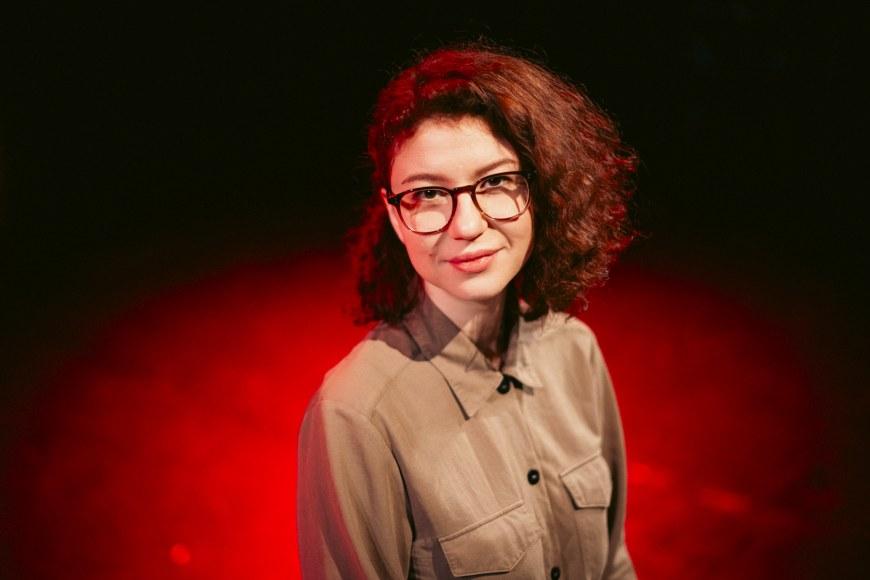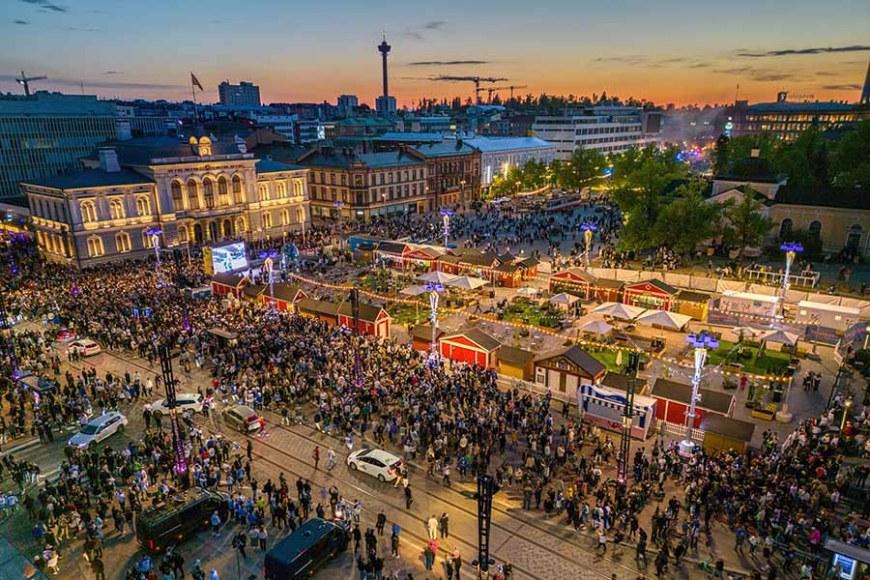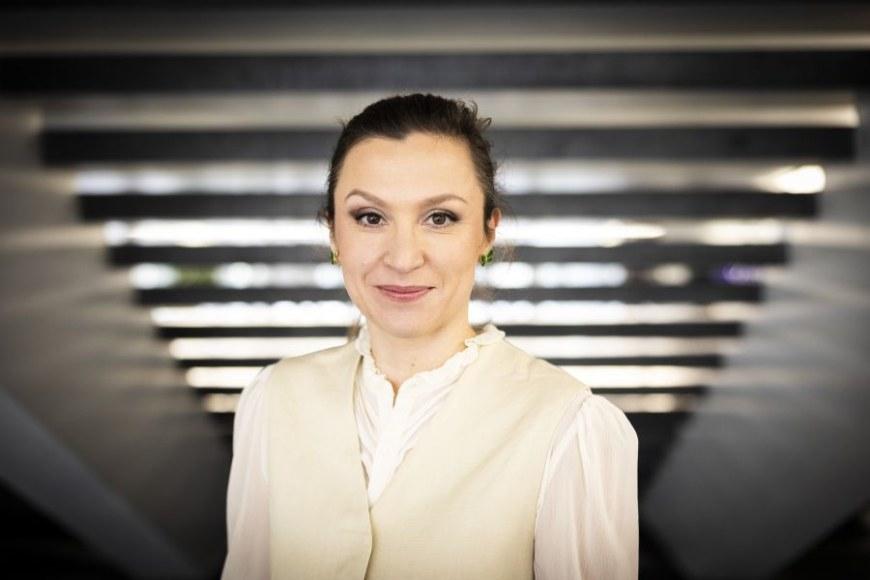Virtual reality will address the shortcomings of distance learning

According to Tomas Blažauskas, a lecturer at the Kaunas University of Technology (KTU) Faculty of Informatics, even though many people moved to online learning environments, VR tools are not widely used there yet.
“Virtual learning is inevitable today. Different online courses are not only an effective way to gain knowledge and skills but also relatively cheap. However, both at school, university and in the work environment, it is necessary not only to gain knowledge but also to see, experience certain processes, and to communicate,” says Blažauskas, VR expert.
The biggest challenge to distance learning is communication
According to Blažauskas, various effective learning methods include group activities. Therefore, it is necessary to improve not only virtual learning methods but also face-to-face communication. If possible, it is recommended to use both methods: “Virtual reality technologies would help to solve the disadvantages of online learning.”
For example, in a VR environment, people can meet and communicate: approach a lecturer and ask for advice or split into teams and discuss the tasks provided. A person can also move naturally and perform actions that are mirroring the reality: shake hands, grab or put down/ pick up objects.
“This kind of learning method is especially relevant to students with a dominant kinesthetic perception. Nowadays, there are devices that allow feeling a touch, resistance force.”, says Blažauskas.
Tampere university preliminary research suggests that VR enables new problem-solving methods, increases task-related focus, and improves social relations that, interestingly, are all well-known bottlenecks in high-performing remote work.
Osku Torro, a VR expert from the Tampere University, which, together with KTU, belongs to the ECIU University, adds that when it comes to efficient collaborative problem-solving, online learning settings fall behind. For example, asynchronous tools such as text are great for transferring a large amount of information, but reaching engagement and shared understanding with them is difficult. Synchronous tools such as videoconferencing are great for discussing ideas formally. However, they cannot substitute for the effectiveness and enjoyability of face-to-face meetings.
According to Torro, social virtual reality (SVR), for example, multi-user VR, supports both aforementioned communication processes – synchronous and asynchronous – intuitively and naturally. For example, 3D models or data visualisations can be loaded for discussion and dialogue, which fosters users’ shared sense-making and understanding of how others interpret the information. At the moment, online learning environments cannot facilitate informal communication and sociability effectively, which is some of its most critical limitations.
“In contrast, text- or voice-based annotations provide an important feedback mechanism, where users can guide, assist, or exchange ideas more elaborately without time constraints. In addition, informal virtual spaces in VR can be just like a virtual version of a company’s physical break room characterised by the richness of communication and lack of formal rules, roles, and timetables. VR thus enables not just effective learning, but shared experiences that any other means could not achieve,” he adds.
Limitless possibilities, though expensive technology
According to Osku Torro, the basic idea of VR is that our brains treat it as reality, even though we know that it is not so. As the environment and interactions feel genuine, users behave realistically in VR as well.
“In VR, students may take multiple perspectives on learning content. For instance, 1:1 scale or birds’ eye view or conduct simulations from any real or imaginable situation. A feeling of being ‘inside’ the learning environment, and being able to interact with it plausibly is found to boost students’ motivation and learning significantly. And here we’re talking about first-generation VR experiences that are expected to emerge tremendously in the near future,” says VR expert Torro.
The researcher is sure: in theory, the possibilities of using VR in education are endless. In practice, VR’s potential is related to how we can manage all the complexity that relates to the development of VR environments.
“In an optimal situation, every group of learners thus requires a different set of tools and interactions. However, more contextual details within the simulation lead to increased costs and decreased scalability in both VR development and its adoption,” says the VR expert from Tampere University and adds that it is critical to understand that in VR, you can simulate anything you want.
“Students and teachers can manipulate time and space. Virtual classes could be held anywhere, on Mars, or circling in a spaceship around the black holes’ accumulation disc. In VR, students could travel into a black hole and (unlike in the real world) come back alive. In VR, students and teachers can also be anything they want. If studying, for example, frogs, why not be a frog and live like a frog? VR is thus not just about replicating something that exists already,” says Torro.
According to him, VR also enables us to enhance or transform our nonverbal communication processes in ways that we cannot even imagine yet. In VR, the teacher can, for example, look at all the students at the same time. This “artificial gaze” is found to increase the students’ motivation and focus in learning even when they know the teachers’ gaze is fake.
Universities can use VR to enhance face-to-face lessons
Examples of virtual environments in education focused on international opportunities are already being implemented in Europe. To address the gaps in distance learning between students from different universities, the Tampere University, together with the Finnish company Zoan, has launched an extended reality (XR) campus for ECIU University students.
“Conventional remote learning environments have serious and fundamental limitations, especially to sustain task-related focus, creativity, shared understanding, and users’ social relations. It is also a big problem from the perspective of ECIU challenge-based learning,” says Tampere University researcher Torro.
In the new virtual reality environment, members of the joint ECIU university community – 12 universities, including Kaunas and Tampere – will work more closely together to address challenges and acquire new knowledge and skills. The campus is modelled as a park, and access will be possible using VR equipment and a computer, and in the future, a mobile phone.
“With the help of VR, universities can scale up their operations in the virtual realm. Best learning environments, courses and others could be used and facilitated with no geographical limitations but still enable effective learning, engagement, and transformative learning experiences for the students. For example, why not take students into a space station? VR is not about escaping into the virtual worlds but enabling users to expand their worldview. And having fun while doing so,” says Torro.
XR Campus uses avatar-based interaction, 3D space, and spatial sound to simulate natural face-to-face communication. User avatars are made based on photos and can be customized, making it easy for people to recognise, and get familiar with each other. The campus will include more features that will enhance the virtual experience of users in the future.





